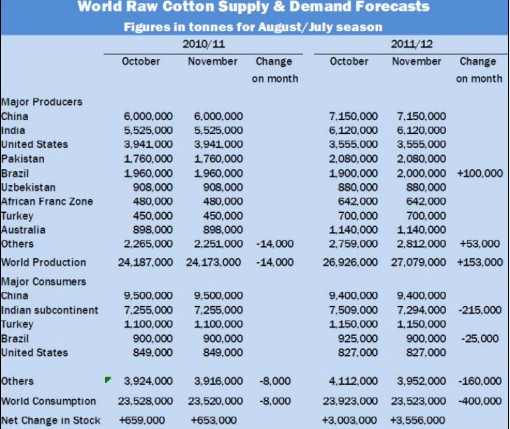|
The westernization of emerging markets, such as China, is lifting hundreds of millions of consumers out of poverty and into the middle class. Fatter paychecks are driving consumer spending higher in these nations, a trend Nike (NKE) is already tapping for revenue and profit growth. In nations where political choice is absent, consumer choice is growing. More products are being sold through more stores than ever before. Consumers are less reliant on government jobs, which only pay enough to provide food and shelter. Now, they're working for increasingly capitalist enterprises, which offer better pay and more advancement. To stand out and win those opportunities, and the respect - if not envy - of peers, citizens are investing in themselves. In China, the middle class has grown to 300 million people, or 25% of the population. By 2025, as many as 600 million Chinese, roughly 40% of the expected population will be middle class consumers. Across Asia, consumers will make up two-thirds of the world's middle class by early next decade. It's not just Asia behind Nike's global opportunity. By 2030, the world's middle class will double, reaching five billion people in the globe's biggest middle class boom since the industrial revolution. In Brazil alone, Nike expects $1 billion in annual Nike sales as the sport-centric nation hosts the World Cup in 2014 and Summer Olympics in 2016. Not only will the nation spend billions on improvements ahead of the events boosting the economy, but national pride will significantly drive merchandising sales higher, too. Increasingly, the United States' financial impact on the company is shrinking. Overall, Nike's international sales already accounted for 57% of revenue last year, thanks to a network of more than 20,000 retail accounts and 393 Nike stores. The company is making better margins in emerging markets too. While global future orders increased 15% last quarter, emerging markets skewed growth higher. In China, future orders rose 24%. In other emerging markets, future orders were similarly up 25%. In FY2011, sales in greater China were up 18% while emerging market sales rose 24%. China earnings before interest and taxes ("EBIT") was up 22% and emerging markets EBIT was up 32%. Footwear sales in China rose 22%. Chinese apparel sales were up 15%. Total sales in China eclipsed $2 billion last year for the first time. Emerging markets, led by Brazil, Argentina and Mexico, are increasingly important, too. They generated some $2.7 billion in sales last year. Emerging market footwear sales were up 30% and apparel sales increased 14%. The growth spurt is just starting. Nike expects its sales in China to double over the next few years. The company recently boosted its 2015 revenue guidance to $28-$30 billion, up from $27 billion forecasts in May 2010. It's expanding its China distribution with a mammoth 120,000 square meter new logistics center. Additionally, the company views emerging markets as a great growth driver for its Converse, Umbro and Cole Haan brands, which, coupled with "other" brands has doubled sales in the past five years and is expected to double them again by 2015. Given Nike's innovation, marketing savvy culture and growing foreign market focus; it has tremendous cross-product sales opportunities. As global consumer demand for lifestyle brands increases, look for Nike to capitalize on its highly successful e-commerce strategy and use its deep pockets to further entrench itself into global sports communities. This will allow it to continue to buy back shares, such as its $607 million in repurchases last quarter, and boost dividends, which have grown from $0.71 to $1.20 per share since 2007.
|
|
Nikes Emerging Market Upside
Updated: 2011-8-1 Source: Seekingalpha

Recommended News
Photo Gallery
Most Popular



